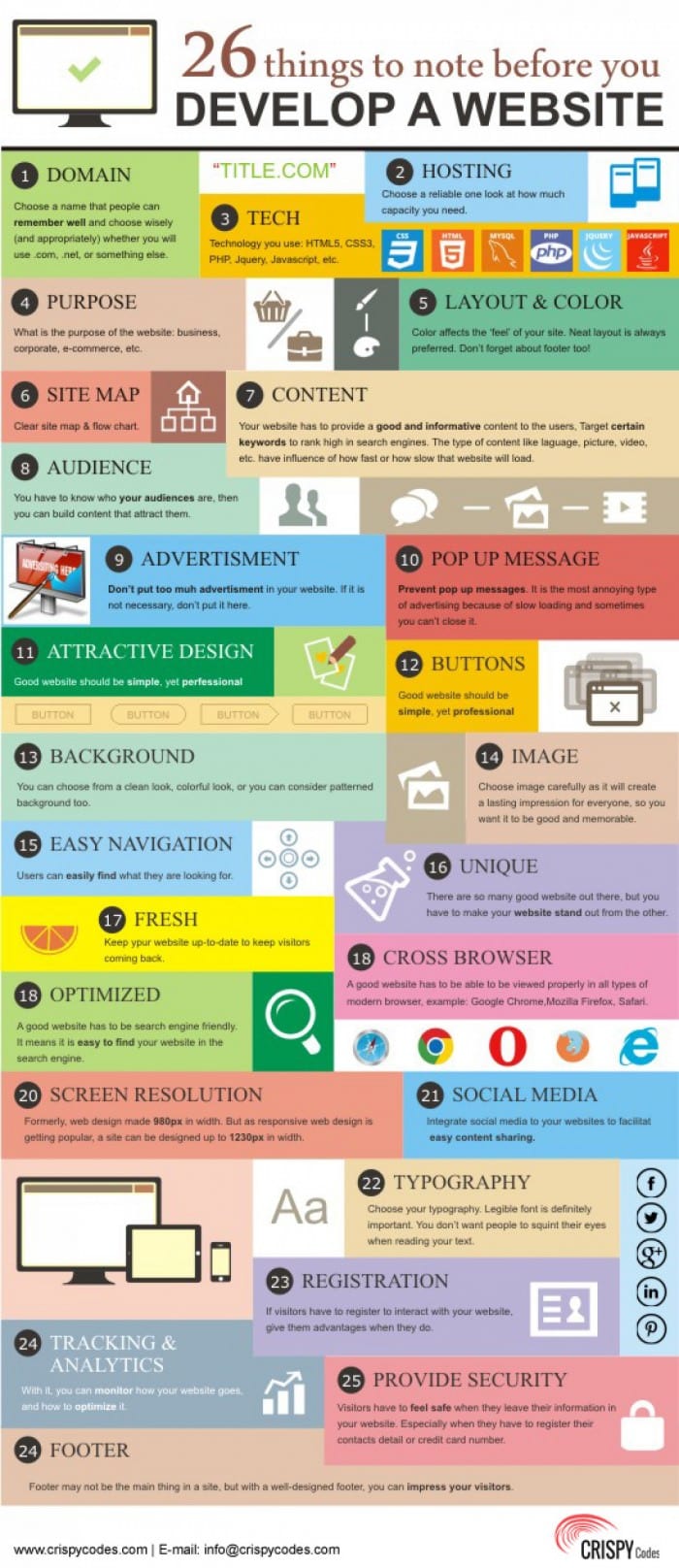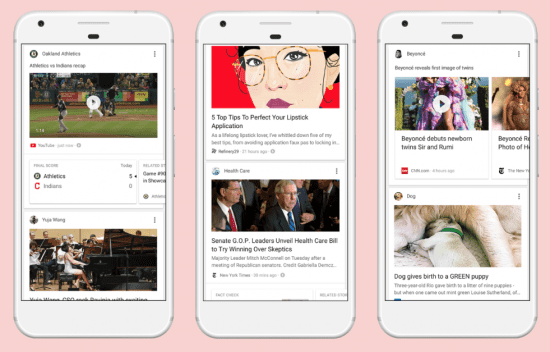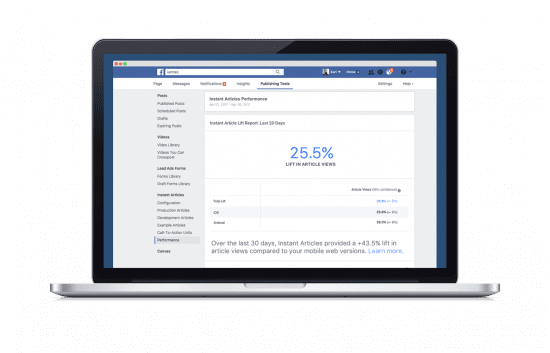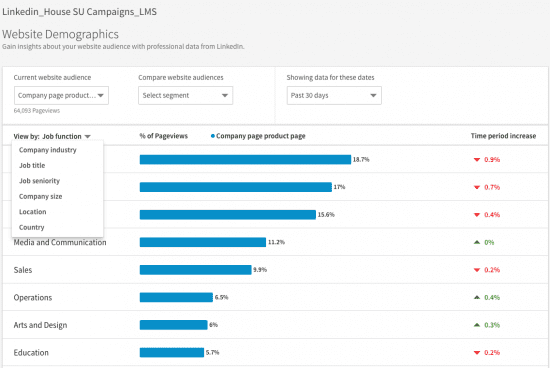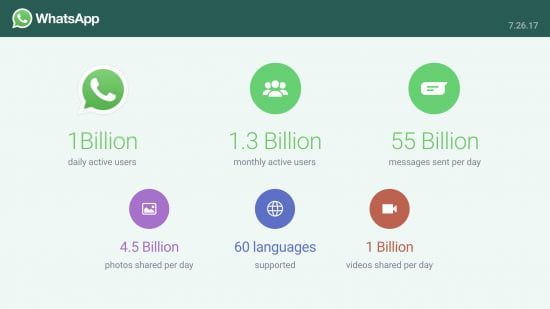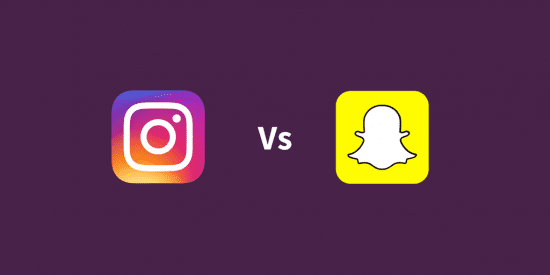A review of different methods and models for developing a marketing communications plan
Commercial as well as non-profit organizations, routinely confront these typical questions: Do we need social media? How do we introduce our new website? What can we do to publicize our eCommerce Store? How do we introduce our new product? How will our market share rise? These are five commonly asked questions that require marketing and communications expertise.
Download our recently updated Premium Member Resource – Successful SEO Guide
This guide is one of our most popular and rightly so. If you get it right, SEO can be a fantastic, relatively low-cost way to drive quality visitors who want to do business with you to your site.
Access the Successful SEO guide
Whether it be a strategic plan, a business plan, a marketing plan or a communications strategy, their design requires systematic, step-by-step development that takes into account elements of all the other types of plans.
Existing planning systems or methods like the PR Smith’s SOSTAC® method have proven to be particularly strategic by nature. For more details, see this Smart Insights post on the SOSTAC® model. But, in my opinion, such methodologies can be insufficient for answering the more practical questions above.
This article describes the PASTA method, a roadmap for solving operational marketing and communication issues.
Types of Plans
The various types of plans within the marketing and communications disciplines are structured hierarchically:
The activities of an organization start with a business plan, leading to a marketing plan, followed by a marketing/communications plan and a communications plan (advertising and/or media plan).
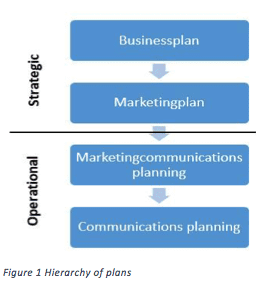
The business plan sets out the objectives for the entire organization according to a specific time frame. Those objectives are quantitative as well as qualitative. A few examples: return on investment, competitive targets, efficiency targets and corporate social responsibility goals. In order to bring the business plan to fruition, multiple execution plans are described for sectors such as finance, human resources, marketing and innovation.
The marketing plan contains marketing goals and the strategy to achieve these goals, as in gaining market share, number of products and distribution channels. The marketing plan is the starting point for the marketing/communications plan to determine how and with what tools and resources will marketing goals be achieved. Finally, the communications plan describes how to communicate with various interest groups/stakeholders.
The first two plans in the hierarchy above are strategically oriented, while the last two have an operational perspective. The strategic planning captures the implementation of overall direction. An operationally oriented planning strategy makes it distinct. An operational plan is a normative plan to achieve an intended result. A strategic plan has a much broader horizon than the other ones. A business plan lasts for perhaps 10 years, a marketing plan for three years and a communications plan is only for the coming year.
A business plan lasts for perhaps 10 years, a marketing plan for three years and a communications plan is only for the coming year.
Strategic and operational planning
SOSTAC®, developed by P. R. Smith, is a method used to provide a structure for developing a plan. This method was originally developed to support the process for realizing a marketing plan and is mainly used as a framework for the creation of online planning (Figure 2).
SOSTAC® stands for Situation Analysis – Objectives – Strategy – Tactics – Actions – Control.
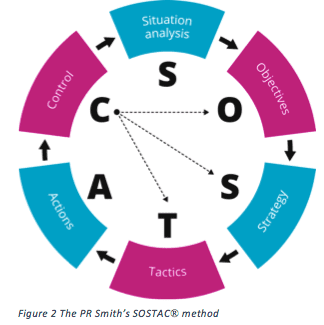
In this methodology, the objectives are divided into broad strategic goals that incorporate specific KPIs (Key Performance Indicators). In daily practice, however, the KPIs can only be determined when the target audience, the proposition and positioning choices are known. Also essential is determining what tools and marketing techniques will be used. There are differences in the strategic and operational plans that Smith’s SOSTAC® does not distinguish between.
Topics in a strategic plan are general. Performing an analysis, determining objectives, targeting a group, determining direction by means of a strategy, setting a budget, determining the implementation and the manner of establishing control.
At an operational level are the topics: analysis, strategy, concept, implementation, and evaluation. There are basic similarities in terminology between strategic and operationally oriented plans. However, the level of abstraction determines the content and meaning of the term. In a communications plan, the term "strategy" is in the concept phase. The explanation of the term strategy here is whether we are going to employ humor or product comparison in our communication tool. The term strategy in a marketing plan means, for example, the choice to position new products in existing markets.
The differences between the operational and the strategic plans are:
- Specifically naming targets. With a strategic plan objectives are explicitly mentioned as a phase, but not in an operational plan.
- Explicitly name a target group.
- The strategy step is of a different order in a strategic plan than in an operational plan. The determination of a strategy is the direction taken in order to achieve the goal. For example, a strategic plan involves the direction in which the company is going. The strategy in an operational plan involves the choices of which communications tools are being used.
- In a strategic plan, management of the plan is called "control", while in an operational plan it becomes "evaluation".
Marketing/Communications planning
The development of a marketing plan can be done on the basis of a strategic method, such as P.R. Smith’s SOSTAC®. There are, however, two disadvantages:
Firstly, the determination of the problem must be considered a given and not a part of the methodology. It is precisely the problem framing the direction and the size of the solution.
The second disadvantage of existing methods is that it can be used in strategic planning but not in an operational plan is setting goals or objectives. Determining the goals in an operational plan will take place after analyzing the situation/environment and not before.
The PASTA method
In daily practice, the SOSTAC® method is not workable in developing an operational plan, as described above. The logical process is interrupted by first setting goals and then the strategy. On a strategic level, this is obvious. For example, a company's objective is to grow in market share, but it must make a strategic choice: Innovate? Buy another company? Or just obtain more market share?
In an operational plan, objectives are part of the strategy. And the SOSTAC® method is not practical because problem recognition is not an explicit part of the method.
The PASTA method can be used to develop an operational plan (see Figure 3): Problem definition - Analysis - Strategy - Tactics - Action (PASTA)
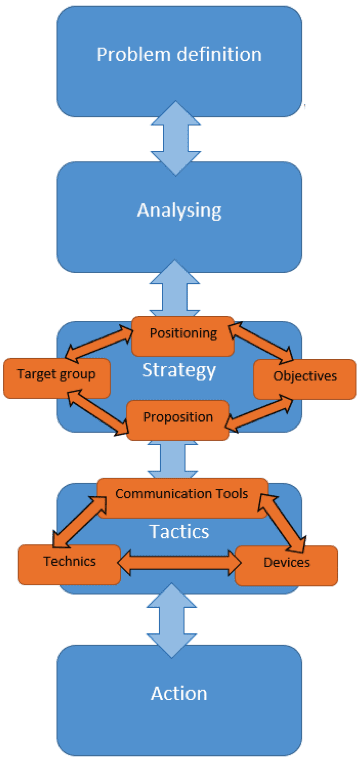
Problem Definition
First, there must be a clear definition of the problem: Which goal does the client want to achieve? What issues are involved? What strategic objectives underlie the development of a plan?
There must be knowledge about the organization, product or service. But also knowledge about what the client is really asking for. When an organization indicates low brand recognition, it is justified in asking more questions to seek out the reason why.
Analysis
The second step is to analyze the market and the environment in which the organization or the product exists. To create an operational plan, there must first be an examination of the organization, consumers or customers, the product (supply) and competition.
This consists of both internal and external analysis. For internal analysis it is important to ask questions such as:
- What is the organization?
- Who does what?
- What problems does the organization have?
- What is the organization's volume of sales, customers, calls and web traffic?
- What are the company's strengths?
- How does the public identify with the organization or the product?
- What are the tangible and intangible values of the product (value proposition)?
The external analyses are more extensive. Most of the information will come from desk research or existing and available information within the organization. Questions to be answered are:
- How is the market within which the organization operates defined?
- How many consumers use the product? What is the market size?
- Who are the customers or users?
- What interest groups are important?
- What is the consumer behavior?
- What does the decision-making process regarding the product look like?
- Who are the competitors?
- How do the competitors act online?
- Which search engine is important?
- How do referrers act?
- Which online actors are important?
- Who could be an online partner?
- What are the major blogs on the subject?
Strategy
The term "strategy" is comprehensive and confusing. It should be regarded within the context of an operational plan. The term "concept" can also be used in place of strategy. The development of a strategy or concept within an operational plan consists of four modules, which are interdependent. These building blocks are: target group, objectives, proposition, and positioning.
Target Group
- Which consumer segment is important?
- How is the target group defined?
- What are the needs of the target group?
- To what extent is the target group involved in the product? What about the Decision Making Unit (DMU)?
- What are advantages the target group is looking for?
- What is important to the product for the target group?
- Which media is the target audience using?
- Who are involving partners?
- How is the target group normally informed?
- What is the target group reading?
- What are the communications tools and channels they are looking at?
The better the target group is known, the better the strategy that can be worked out. Many questions can be answered using desk research. Discussions and interviews with members of the audience or an observation of the target group can also provide a lot of information.
A description can be made by creating a Customer Profile[2], which consist of the "Customer Jobs" (description of what the customers want to achieve in daily life), "Customer Gains" (description of the results that customers want to reach and the concrete benefits they want to see) and "Customer Pains" (description of the negative outcome, risks and barriers that are related to the job).
Objectives
What should the campaign achieve? Marketing/communications objectives can be broadly divided into three categories: "Reach" goals, "Process" goals and "Effectiveness" goals. The Reach goal of communicating is to reach the target groups in an effective and efficient way. For this purpose a good segmentation and audience definition are needed, as well as insights into the media behavior of the desired segments.
Process goals are conditions which should be established before any communications can be effective. All communications should capture the attention of the target group, then appeal or be appreciated, and be processed (remembered).
The third type of goals are the Effectiveness goals. They are the most important, since Reach goals only assure sufficient exposure, and Process goals only ensure enough processing of the message to make the Effectiveness goals possible. An Effectiveness goal is a behavior goal: Buy, download, registration etc. An Effectiveness goal is the ultimate goal: to enter into a long-term relationship or obtain a growth in market share.
Positioning
"Positioning" is the creation of a distinctive position relative to the competitors in the perception of the consumer. When an organization wants to determine positioning, it is important to have done a good competitive analysis.
An organization can choose an informational Positioning focusing on the functional attributes and benefits of the product: the product is the best solution, or the price is most favorable, or the delivery terms are the best. There can also be choice of a transformational Positioning. That responds to the needs of the customers to purchase a product. When products have many similarities, the transformational Positioning can provide a good solution. For example, values such as "sociability" and "convenience" are being used. When using a two-sided Positioning, there are functional aspects which are connected to the values and needs of the customer.
That responds to the needs of the customers to purchase a product. When products have many similarities, the transformational Positioning can provide a good solution. For example, values such as "sociability" and "convenience" are being used. When using a two-sided Positioning, there are functional aspects which are connected to the values and needs of the customer.
Proposition
If the target group is known and Positioning is determined and it is clear what needs to be achieved, then a central message and values (Proposition) can be determined. The Proposition is the aggregate offer which can be separated into product, price, distribution (which channel?) and the communicative value of the offer. The value Proposition is shaped by the visible and invisible benefits to the consumer.
The Proposition is a bundle of products and services that represent value for customers. In the Value Proposition Design (Osterwalder et al, 2014), the Proposition is formed by a list of "Products and Services", the "Gain Creators" (description of how the offer creates advantage for customers), and "Pain Relievers" (description of how the offer alleviates specific customer pains).
The value Proposition is shaped by the visible and invisible benefits to the consumer. The Proposition is a bundle of products and services that represent value for customers. In the Value Proposition Design (Osterwalder et al, 2014), the Proposition is formed by a list of "Products and Services", the "Gain Creators" (description of how the offer creates advantage for customers), and "Pain Relievers" (description of how the offer alleviates specific customer pains).
Tactics
The next step is to determine which devices, tools, and techniques are to be used. What communication tools and devices (channels) are used to achieve the goal? The channels are the traditional channels such as print (newspapers and magazines) and television, augmented by digital devices (desktop, laptop, tablet and especially the smartphone with internet access).
The tools are the traditional instruments such as advertising, sales promotions (brand activation[3]), direct mail and retail promotion, augmented by typical Internet tools such as the website, the app, email-marketing, bannering and mobile marketing.
The techniques[4] are specific and unique to the internet, such as search engine marketing (traceability), behavioral targeting (communications offering based on the behavior of the user), and affiliate marketing ("sellers" are rewarded based on units sold). Within the Tactics phase, devices and tools and techniques are to be weighed to determine which can be used to achieve the target within the strategy.
Action
Once all the tools and resources have been established, the content for the tools is to be developed to actually carry out the messages. The ads (e.g. AdWords) must be created, the e-mail campaign must be designed, the website should be developed, etc., etc. This step is about creating a schedule, determining a budget and designating people.
- Time: Making a timetable
- Money: How can the budget be used? Which channels must be chosen for exposure?
- People: Who has the expertise to design a tool? Is the developing outsourced?
Examples include a keyword plan, a content plan for social media, sites for link-building and a planning schedule.
So, that's how I see today's marketing planning process. I'd be interested to hear your views.
The PASTA method has been developed by Theo Zweers, MSc Business Economics, Erasmus University, Rotterdam. You can connect with him on
LinkedIn.
References:
[1] Smith, PR (2011) SOSTAC® Guide To Writing The Perfect Plan (eBook) published by www.PRSmith.org. PR Smith’s SOSTAC® is a registered trade mark of PR Smith.
[2] Osterwalder, A., Pigneur, Y., Bernarda, G., Smith, A. (2014), Value Proposition Design. Hoboken, New Jersey: John Wiley & Sons Inc.
[3] De Pelsmacker, P., Geuens, M., Bergh, J. van den, (2013) Marketing communications, a European Perspective. Harlow: Pearson Education Limited.
[4] Reijsen, M. van, Zweers, Th., Janssen, H. (2013), Interactive Marketing. Amsterdam: Pearson Benelux.
source
http://www.smartinsights.com/managing-digital-marketing/planning-budgeting/marketing-cdommunications-planning-using-pasta-model/
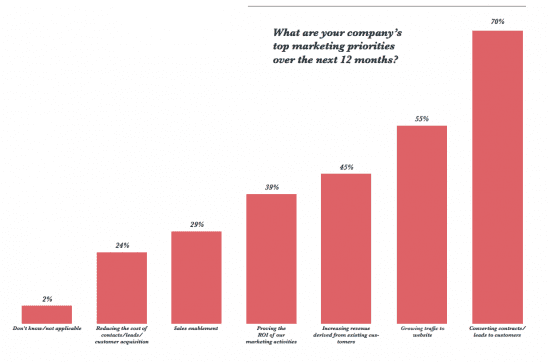
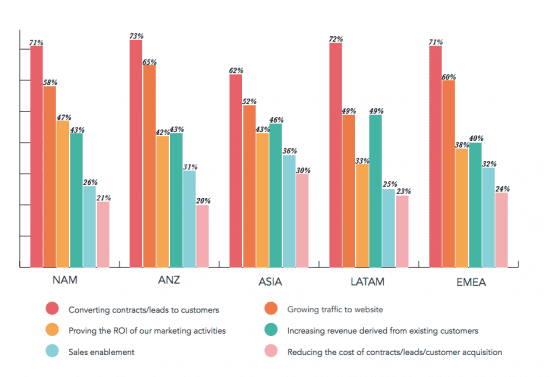





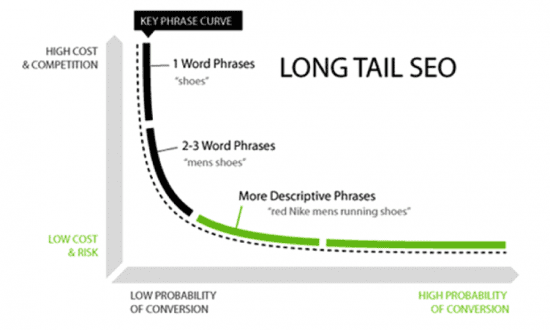
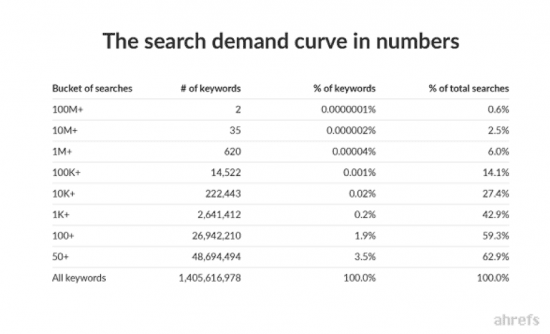

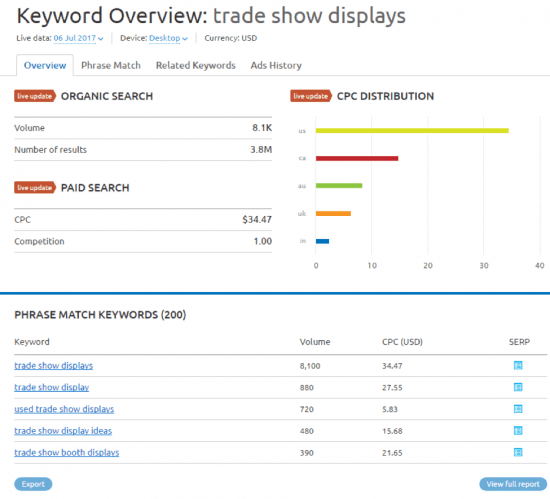
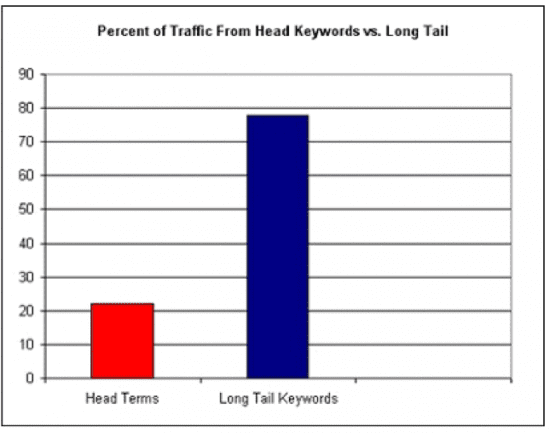


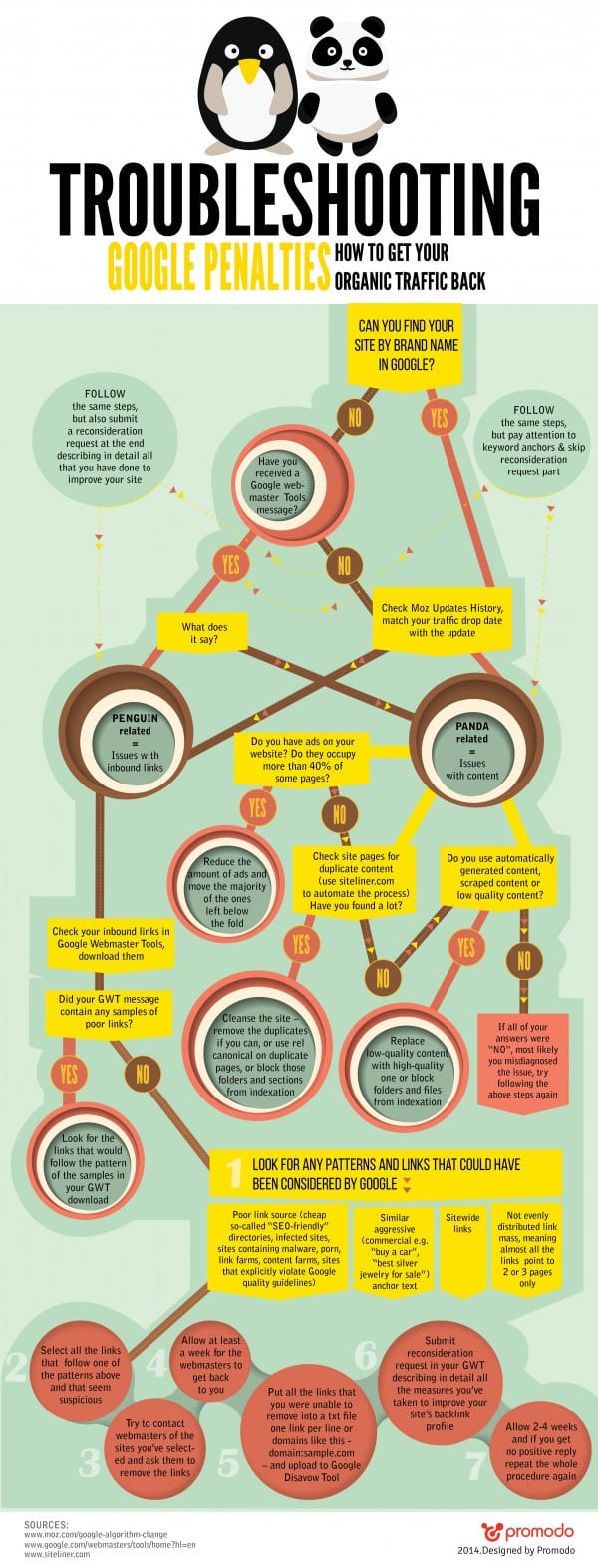
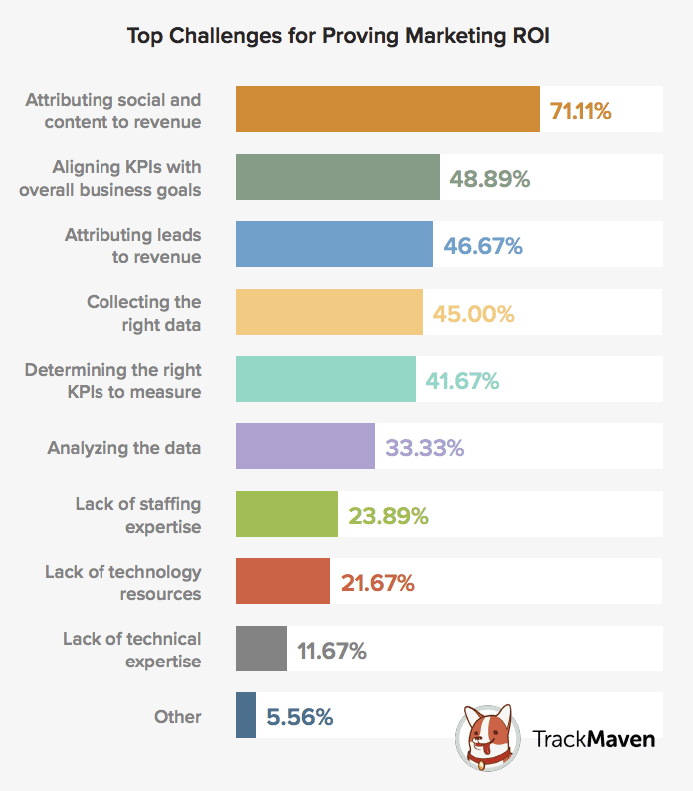

 Andrew Gazdecki is the founder and CEO of
Andrew Gazdecki is the founder and CEO of 



 Alastair Banks has run
Alastair Banks has run 